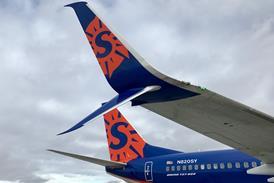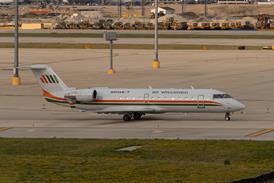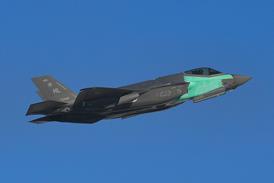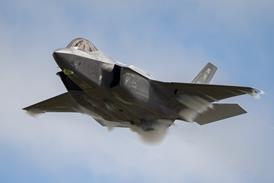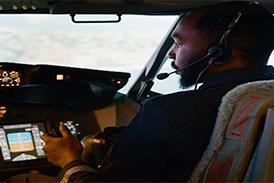The US Federal Aviation Administration has launched a rulemaking effort to codify safety best practices for the helicopter emergency medical services (HEMS) industry. The action comes in response from continued pressure from the National Transportation Safety Board for new rules, accentuated by a "spike" in fatal HEMS accidents in 2008 when eight helicopters were involved in fatal crashes.
The agency expects the new rules will be proposed later this year or in early 2010 and finalised in 2011. Included will be a requirement for HEMS helicopters to use helicopter-specific terrain awareness warning systems, install radar altimeters for Part 135 operations and deploy operational control centres for companies with 10 or more aircraft. They will also be required to install devices to record cockpit voice and flight data and HEMS pilots will need to demonstrate annually the recovery from inadvertent entry into instrument flight conditions, as well as receive training on recovery from brown-outs, white-outs and flat light conditions.
 |
|---|
© Sikorsky |
The agency says that its recent efforts to get operators to voluntarily improve safety through industry-derived best practices have been yielding dividends. A survey conducted in January 2009 revealed that more than 80% of the 73 operators flying 850 helicopters had voluntarily adopted training programmes and operational control centres and almost 90% were using radar altimeters. More than 40% had equipped "some or all of their fleet" with the terrain awareness warning system. Nonetheless, officials admit that a rule is needed.
"We recognise that relying on voluntary compliance alone is not enough to ensure safe flight operations," says John Allen, FAA director of flight standards at a congressional hearing on HEMS safety on 22 April. During his testimony, Allen recommended that several ongoing congressional efforts to strengthen HEMS safety through legislation would be redundant and should be abandoned.
Source: Flight International

